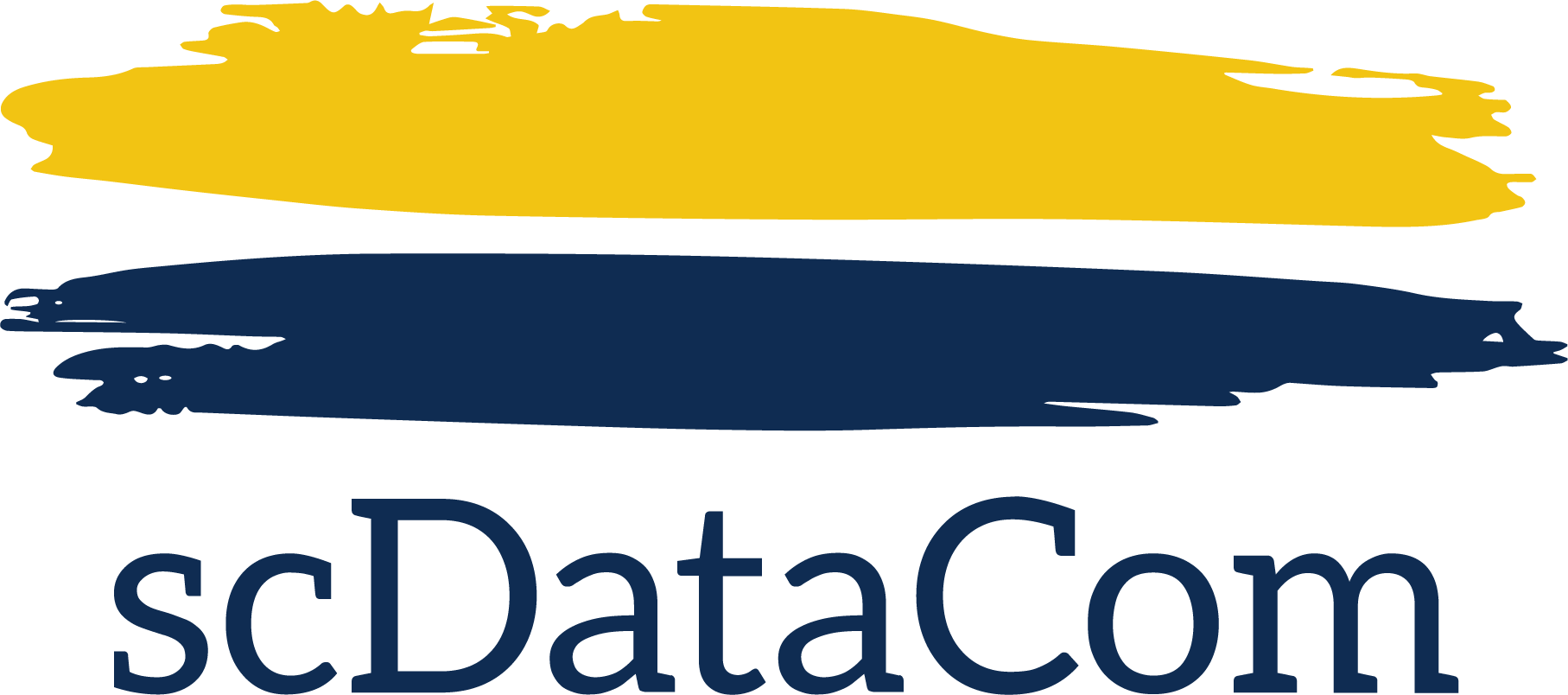Optical for Optimal- Why Fiber Optics is the New Era
The fourth industrial revolution has arrived. This new era is ushering in massive changes in all areas of the economy, especially technology. It’s no wonder there’s been more revolutionary technology in the past decade than in the past century. At the core of this technological revolution is fiber optic cabling. Fiber offers communication and data transmission that is faster than the Usain Bolt.
What is fiber optics?
Fiber optics, or optical fiber, refers to the technology that transmits information as light pulses along a glass or plastic fiber.
A fiber optic cable can contain a varying number of these glass fibers -- from a few up to a couple hundred. Another glass layer, called cladding, surrounds the glass fiber core. The buffer tube layer protects the cladding, and a jacket layer acts as the final protective layer for the individual strand.
Fiber optic cables are commonly used because of their advantages over copper cables. Some of those benefits include higher bandwidth and transmit speeds.
Fiber cabling is used for long-distance and high-performance data networking. It is also commonly used in telecommunication services like the internet and telephones.
How fiber optics works
Fiber optics transmit data in the form of light particles -- or photons -- that pulse through a fiber optic cable.
When light signals are sent through the fiber optic cable, they reflect off the core and are clad in a series of zig-zag bounces, following a process called total internal reflection. The light signals do not travel at the speed of light because of the denser glass layers, instead traveling about 30% slower than the speed of light.
To renew, or boost, the signal throughout its journey, fiber optics transmission sometimes requires repeaters at distant intervals. These repeaters regenerate the optical signal by converting it to an electrical signal, processing that electrical signal and retransmitting the optical signal.
Types of fiber optic cables
Multimode fiber and single-mode fiber are the two primary types of fiber optic cable.
Single-mode fiber
Single-mode fiber is used for longer distances due to the smaller diameter of the glass fiber core. This smaller diameter lessens the possibility of attenuation, which is a reduction in signal strength. The smaller opening isolates the light into a single beam, offering a more direct route and enabling the signal to travel a longer distance.
Single-mode fiber also has a considerably higher bandwidth than multimode fiber. The light source used for single-mode fiber is typically a laser. Single-mode fiber is usually more expensive as it requires precise calculations to produce the laser light in a smaller opening.
Multimode fiber
Multimode fiber is used for shorter distances because the larger core opening enables light signals to bounce and reflect more along the way. The larger diameter permits multiple light pulses to be sent through the cable at one time, which results in more data transmission. This also means there is more possibility for signal loss, reduction, or interference, however. Multimode fiber optics typically uses an LED to create the light pulse.
Dense wavelength-division multiplexing (DWDM) is used to increase the bandwidth of existing fiber networks.
Advantages and disadvantages of fiber optics
Fiber optic cables are used mainly for their advantages over copper cables. Advantages include the following:
They support higher bandwidth capacities.
Light can travel further without needing as much of a signal boost.
They are less susceptible to interference, such as electromagnetic interference.
They can be submerged in water.
Fiber optic cables are stronger, thinner, and lighter than copper wire cables.
They do not need to be maintained or replaced as frequently.
Fiber optic cables have transformed telecommunications and connectivity. Fiber technology is a game changer. If you would like to learn more about how fiber cabling could benefit your organization, reach out to a scDataCom team member today!
